Bear Tracks: The Rise of Bear Images in the Mass Media
There is an interesting strategy for inclusion in American mass media today, summed up in the catch phrase, “If you can see it, you can be it.” This is aimed primarily at promoting visibility and inclusion of African-Americans in the media. In his book Media: Culture: Cultural Studies, Identity, and Politics in the Contemporary Moment Douglas Kellner asserts that in our current “postmodern image culture” “media culture provides images of proper role models, proper gender behavior, and images of appropriate style, look and image for contemporary individuals. Media culture thus provides resources for identity and new models for identify in which look, style, and image replace such things as action and commitment as constitutive of identity of who one is.”
The emergence of positive images of gay men in mass media still lag behind. Usually, our gayness is made clear by something stereotypically gay about the character–dress, mannerisms, or job. And we are usually “twinks”—young, buff, and hairless. Madison Avenue manufactured the “metrosexual,” enticing straight men to “be gay” in every way except in the bedroom. Perhaps the gayest part of the metrosexual was his conspicuous consumption—clothes, beauty products, other unmanly personal indulgences—participating in the Madison Avenue myth of “gay affluence.”
Parallel to the rising visibility of “good” blacks and “good gays” in mass media has been the emergence of “plus-sized” women as fashion models, the matter-of-fact welcoming of “dad bods” (straight men with a slight paunch), and the recent fashion of the “lumbersexual”—younger straight men sporting well-groomed full beards, visible body piercing and tattoos, and dressed in flannel shirts, jeans, and work boots. Whenever I walk down any medium-sized upstate New York city today (I currently live in Syracuse) I encounter a steady stream of these lumbersexuals. They look exactly like the gay bears that started appearing on the streets of San Francisco when I lived there in the 1980s. There is a bit of gay folk wisdom that says gay men are the harbingers of fashion. It looks like the image of the gay bear has now been absorbed into mainstream American popular culture.

Poet and literary scholar David Bergman identified gay bears as an urban fantasy of rural, backwoods life, tracing this gay fantasy back to the 1966 novel Song of the Loon, in which the protagonist flees into the American wilderness who learns a lot of good stuff about homosexual love, mostly through romantic encounters with Native Americans. (The novel was widely read by gay men in pre-Stonewall America.)
In the first (1997) formal study of male images in the gay mass media and bear-oriented magazines, Philip Locke observed that gay mass media had done no better than the mainstream media in presenting “an accepting view of male body types that fall outside of a particular standard of beauty.” “The only solution for marginalized men may be to create their own media to hold a flattering mirror up to themselves and portray themselves as worthwhile and desirable.” Locke inventories and analyzes the image content (facial and body hair) of the new bear press (1980s-1990s)—print magazines (photo layouts and advertisements), videotapes, calendars, and greeting cards. In this way bears began to see ourselves—if we can it, we can be it. As Kellner has also observed, identity is “mobile, multiple, personal, self-reflexive and subject to change and innovation.”
The images of us circulating in bear publications of the time celebrated “beards, bellies, and body hair.” Among them were images of “grizzly bears” (scruffy bears) and “polar bears” (older gay bears). Not visible in the bear media of the time (but for whom slang terms had already been coined) were “black bears” (bears of color), “panda bears” (Asian bears), and “behrs’ (bears with no body hair). In his 2002 book Bears on Bears Ron Suresha also included interviews transbears and lesbian bears.
Gay activist Eric Rofes described bears as a white middle-class gay fetishization of working-class male bodies. The muscles of working-class men, fetishized by gay men for coming from “honest physical labor” were replaced by the carefully nurtured gym-toned bodies of gay clones. Locke a anticipated the emergence of a new bear beauty myth, what he called the “’superbear’ stereotype,” posing the question “Will new Bear stereotypes arise and alienate subgroups within the Bear subgroup?” The answer to that is an obvious “yes.” The emergence of musclebears and other A-list bears created an alienating rift in the nascent bear community.
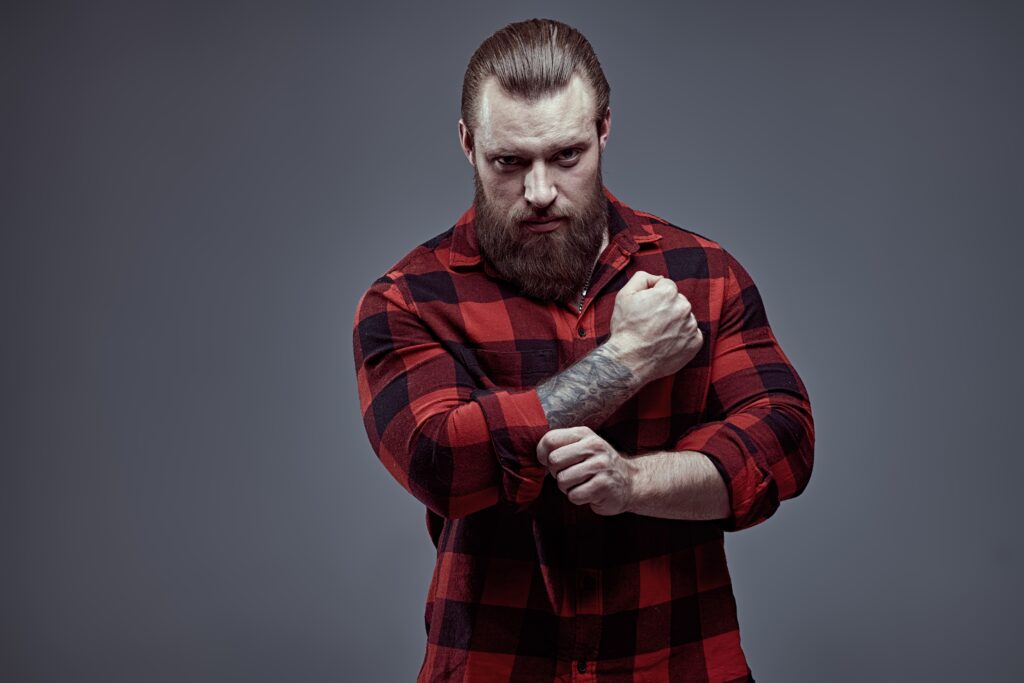
As the concept of gay bears circulated in American culture, an occasional mainstream TV shows made mention of us. The earliest appearance I recall was in a skit on Kids in the Hall, in which Kevin McDonald’s character ends up climbing up his bedroom wall to escape the amorous embraces of a burly, hairy, flannel-shirted hunk he has apparently brought home from a gay bar. The bearded Richard Karn, who played Al Borland, kitted out in toolbelt and flannel shirt, on Home Improvement, was so popular that he had a fan club in the bear community, which he gracefully, if somewhat bemusedly, acknowledged.
Gay men traced their attraction to bearish men by identifying bearish actors they had found attractive when they were growing up. Frequently mentioned were Dan Haggerty as Grizzly Adams, Sebastian Cabot as Giles French on Family Affair, Dan Blocker as Bonanza’s Hoss Cartwright, and Ward Bond as the trail master in Wagon Train. Then-contemporary bearish icons included commercial TV pitchman Billy Mays, and country music superstar Garth Brooks. (My testosterone leapt, my heart wept with joy when I watched Garth fly over the crowd without wearing a harness while performing “Ain’t Going Down.”
Online gay media has turned “bear watching” into popular entertainment. Misleadingly identifying them (because they are not necessarily gay) as “notable gay bears in pop culture,” bloggers have named celebrities like Nick Offerman (Parks and Recreation), Zach Miko (model), James Corden (talk show host), and Zach Galifiankis (comedian). Another blogger did get it right, naming country music star Zach Brown.

I end here with the same question I started out with—Who is a bear? Bear identity began as “self-identifying.” I have been told by some that only muscle bears are “real” bears. I have also been told that “bear” is just a euphemism for “fat.” Having mainstreamed bears into gay mass media, we are now being recast there in the mold of “twinks with hair.”
Not all gay bears are white and middle class. Not all bears are American. Not all bears have body hair. Some bears identify as “queer” rather than “gay’ these days. And, by the way, not all bears have a penis.
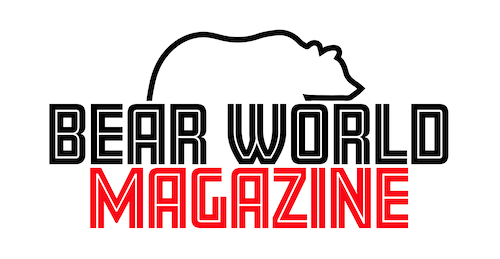
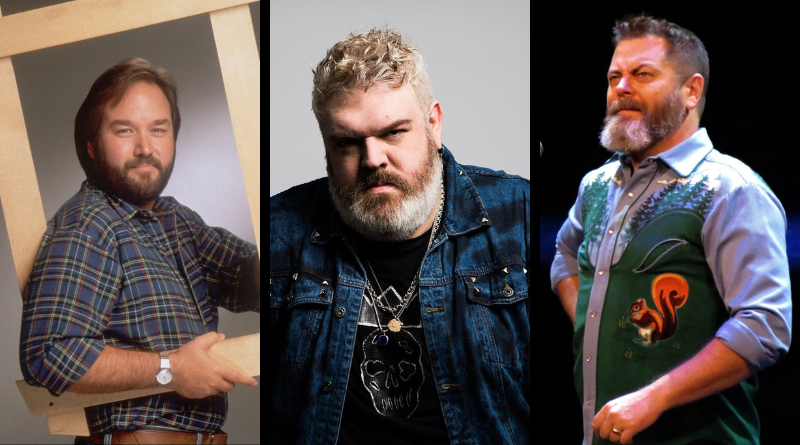



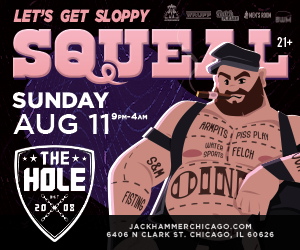
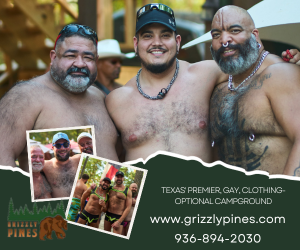
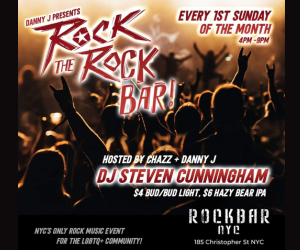










In 1971, when I was a freshman in High School, I had written in my yearbook, “Mr. H – the bear” on a photo of my social studies teacher – a big hairy man that was my first crush (and best). I dare anyone to claim that word before that year.
🙂